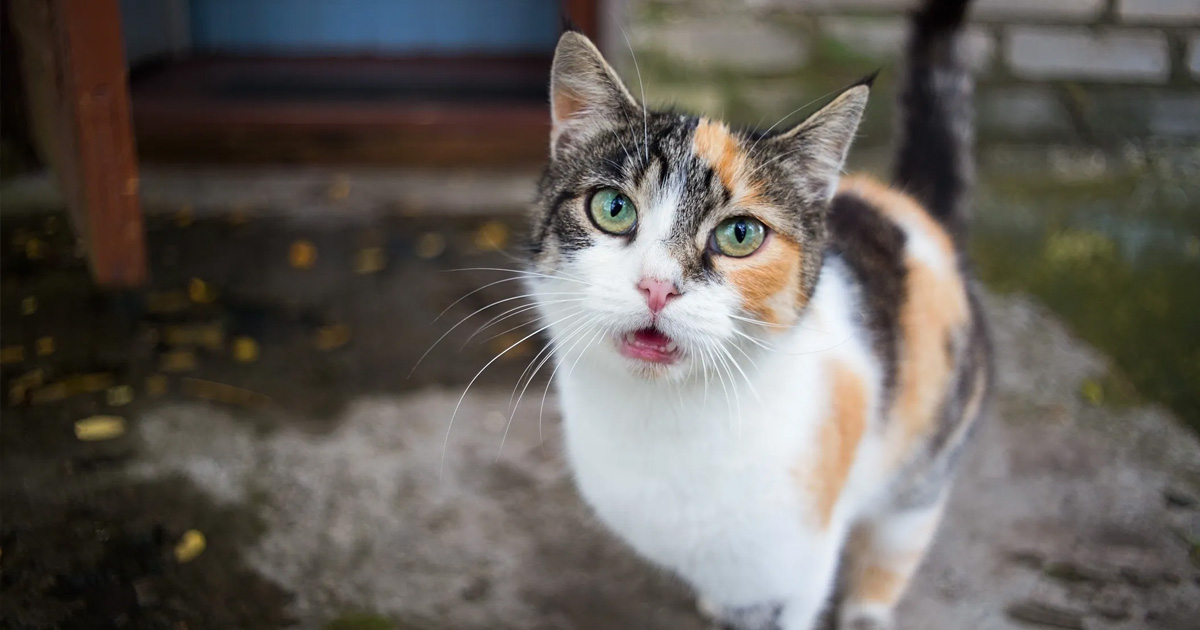Finding a Lost Pet

It’s hard to believe he would want to run away. Maybe the imported cashmere dog bed wasn’t quite soft enough, or he wanted to elope with the cute Australian Shepherd down the street. Either way, he’s gone now – a muddy hole under the fence the only indication which direction he went. Losing a pet is traumatic, but the sooner you set your search plan in action, the sooner he’ll be at home barking at the mailman again. So take a deep breath, and follow these helpful tips to find your lost pet.
Identification
You’ve been in the same place for nine years now, and every one on your street knows that Gus will turn back flips like a Chinese acrobat for a treat or two. A block away, he’s just a random jack Russell terrier. Identification is the easiest way to a quick reunion with a lost pet, and even inside-pets should wear a collar with an ID tag that has up to date contact information. A microchip won’t jingle or get snagged on things, but remember that, like ID tags, they’re useless if the contact information isn’t current. The new promotion that’s sending you to Tokyo for the next three years? Now that’s exciting, but don’t forget to update your contact info with your pet’s microchip company while you brush up on your Japanese.
Search Your Home and the Neighborhood
There may not always be a smoking gun like a hole in the screen door or an open gate, so before you light up the phones like the trading floor at NASDAQ, try to find out when and where Riley was last seen. Is she really even lost? Thoroughly search your home to make sure she isn’t curled up under the bed sleeping off a big breakfast. If she is gone, grab a recent photo, and take a slow walk around the neighborhood, checking under bushes, vehicles, porches and decks.
Work the Phones
You’ve walked the neighborhood a few times, and shown 17 neighbors that really cute photo of her with the tennis ball. Still no luck, and now it’s getting dark. It’s time to start making calls to animal control authorities, veterinary offices, and shelters. It’s possible Gus is already delighting one of them with his back flip trick, but if not, remember that persistence pays off. Follow up daily with phone calls or even visits with photos for staff.
Create a Flyer
It’s true that Chloe is one special cat, and a more artistic, expressive design might suit her coy, mysterious nature. But now isn’t the time to be creative. Ditch the rose petal, scripted font, and stick with a straightforward, bold headline like, “Missing Dog”, or “Lost Cat”. Make sure your flyer has a clear photo of your pet, and essential information like her breed, sex, coloring, age, weight, any special markings. Post the flyers at eye level on lampposts and telephone poles in high foot traffic areas, and at grocery stores, coffee shops, convenience stores and restaurants. Don’t forget pet related places like dog groomers, pet supply stores and veterinary offices, too.
Email and Social Media
Thanks to social media, your friends of friends of their friends who live in Norway already know what your dog looks like from every possible angle. While some might say your daily posts of Rex strayed into the realm of redundancy, his social media celebrity status will come in handy when spreading the word that he’s on the loose. You can share your new ‘Lost Dog’ flyer on your social media pages, and many local communities have a “Lost Pet” Facebook page where you can also spread the word.